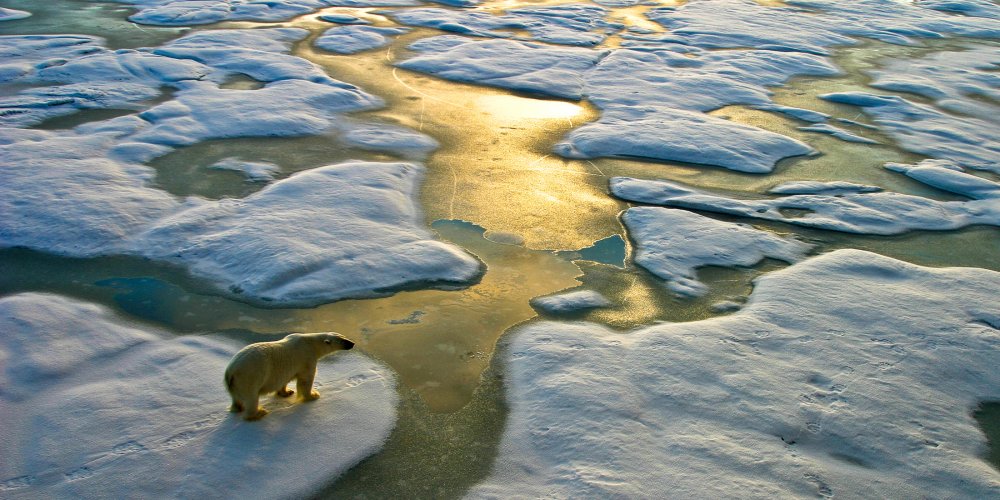A report on the misdeeds of climate change, published on 31 October 2017 in the prestigious scientific journal "The Lancet", presents an alarming panorama.
Written by many international experts (researchers, doctors, politicians ...), it evokes the direct and indirect health impacts that are emerging in the next century. The first damage is already visible today because of the multiplication of episodes of hot weather.
More frequent heat waves
The number of vulnerable people exposed to intense heat waves has literally exploded since the early 2000s: 125 million, reaching 175 million in 2015.
Dizziness, headache and nausea resulted, but also increased cases of acute myocardial infarction and respiratory failure in patients with chronic disease. The excess mortality caused by extreme heat events also affects children and workers who work outdoors.
"During the heat wave of 2003 in France, for example, a third of supernumerary deaths was caused by hyperthermia or severe dehydration," according to researcher Jean-Pierre Besancenot, author of "Climate and health" (Puf ed). . This is why the World Health Organization (WHO) fears, as early as 2030, an excess annual mortality of about 250 000 deaths in the world simply because of climate change.
Ozone alert
In addition to the overheating it causes, "the presence of a high level of CO2 in the air is directly harmful to health insofar as it slows the oxygenation of the blood in the lungs," explains Professor Besancenot.
"We must also expect more pollution in the city because the heat forms a lid that prevents the dispersion of particles." The peaks of pollution with ozone will also be more numerous with the increase of the sunshine.
Ozone promotes inflammation. It causes irritation of the throat and nose, promotes asthma attacks and fatigue of the heart.
Soon, one in two people with allergies
Less harsh winters and warmer summers affect plant growth. We inevitably suffer the consequences.
With global warming, pollens are more numerous and especially their emission period in the air is longer. Birch pollens, which are very sensitive to climate, now float for nearly 4 months north of the Loire, against ten days in the 1970s. This results in a recrudescence of allergic rhinitis, conjunctivitis, eczema and hives. And ragweed, a very allergenic plant , nowadays produces more than 10 g of pollen per foot, compared with an average of 5.5 g in the 1990s, according to Onerc **. Their concentration in the air could still quadruple in Europe by 2050.
According to the WHO, one in two landlubbers is at risk of developing allergic diseases by the end of the century!
Exotic diseases in Europe?
Insects that spread infectious agents are gradually changing habitat with rising temperatures. Tropical mosquitoes are already moving northward, including the dreaded tiger mosquito long confined to the Indian Ocean and Southeast Asia. A few years ago, he settled in the south of France (near Nice in 2005).
From there, he spread in 34 French departments. Nothing serious a priori ... except that this mosquito can carry the seeds of terrible diseases: chikungunya, dengue, zika virus ... Isolated indigenous cases have already been reported since 2010, which does not bode well.
If the temperatures remained stable, 35% of humanity would be exposed to dengue around 2085. But if they continue to climb, as fear experts, 50% would face. On the other hand, malaria could decline with the development of drought. At least, good news!
* www.thelancet.com/climate-and-hea
** National observatory on the effects of global warming



